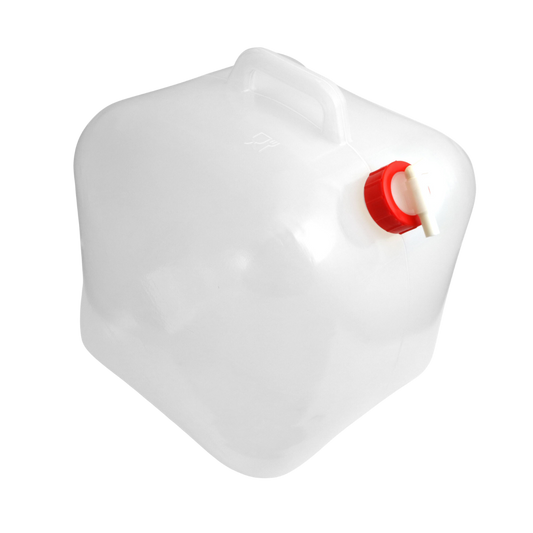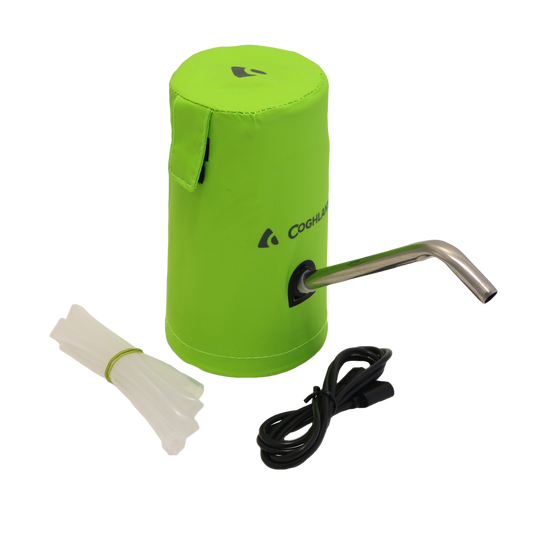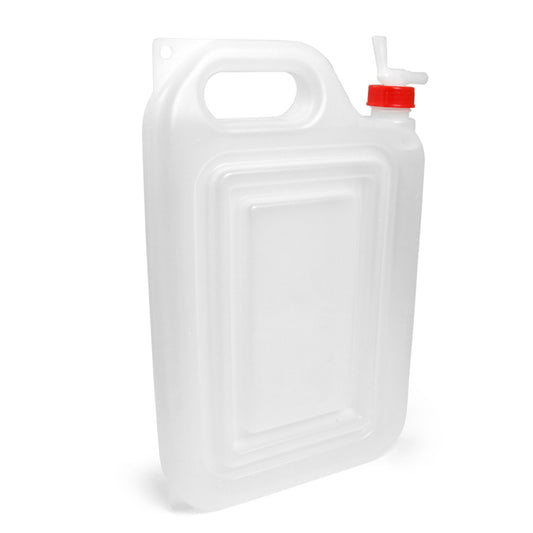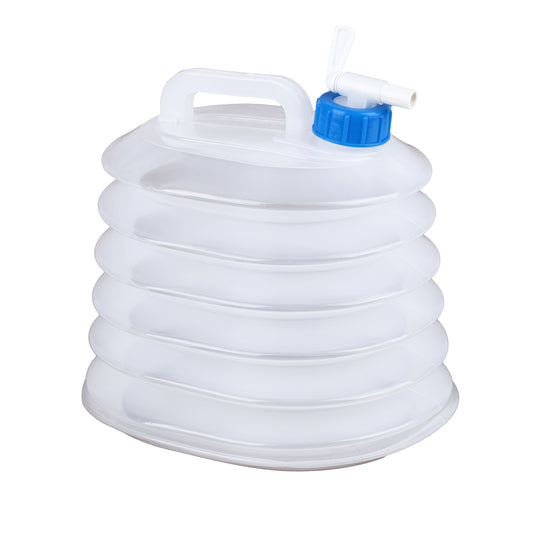Tips for Water Management While Camping
Always Plan Ahead: Research your camping area to know if you'll have access to potable water or if you need to bring your own.
Stay Eco-friendly: Use products like Coghlan's water carriers to minimize environmental impact. Avoid single-use plastics whenever possible.
Practice Safe Water Consumption: When in doubt, treat your water. It's better to spend a little extra time ensuring your water is safe than to risk illness.
Be Water-wise: Use water sparingly, especially in areas where water is scarce. Wash dishes with as little water as necessary by using a small wash basin such as a collapsible sink. When washing dishes or yourself, use biodegradable soap to minimize environmental impact.
Prepare for Emergencies: Keep water purification tablets or a portable filter in your kit. Unexpected situations can arise, and being prepared will ensure you always have access to safe drinking water.
Managing water while camping might seem daunting at first, but it becomes second nature with the right preparation and tools. Remember, every drop counts when you're outdoors, so plan wisely, use sparingly, and stay hydrated!







